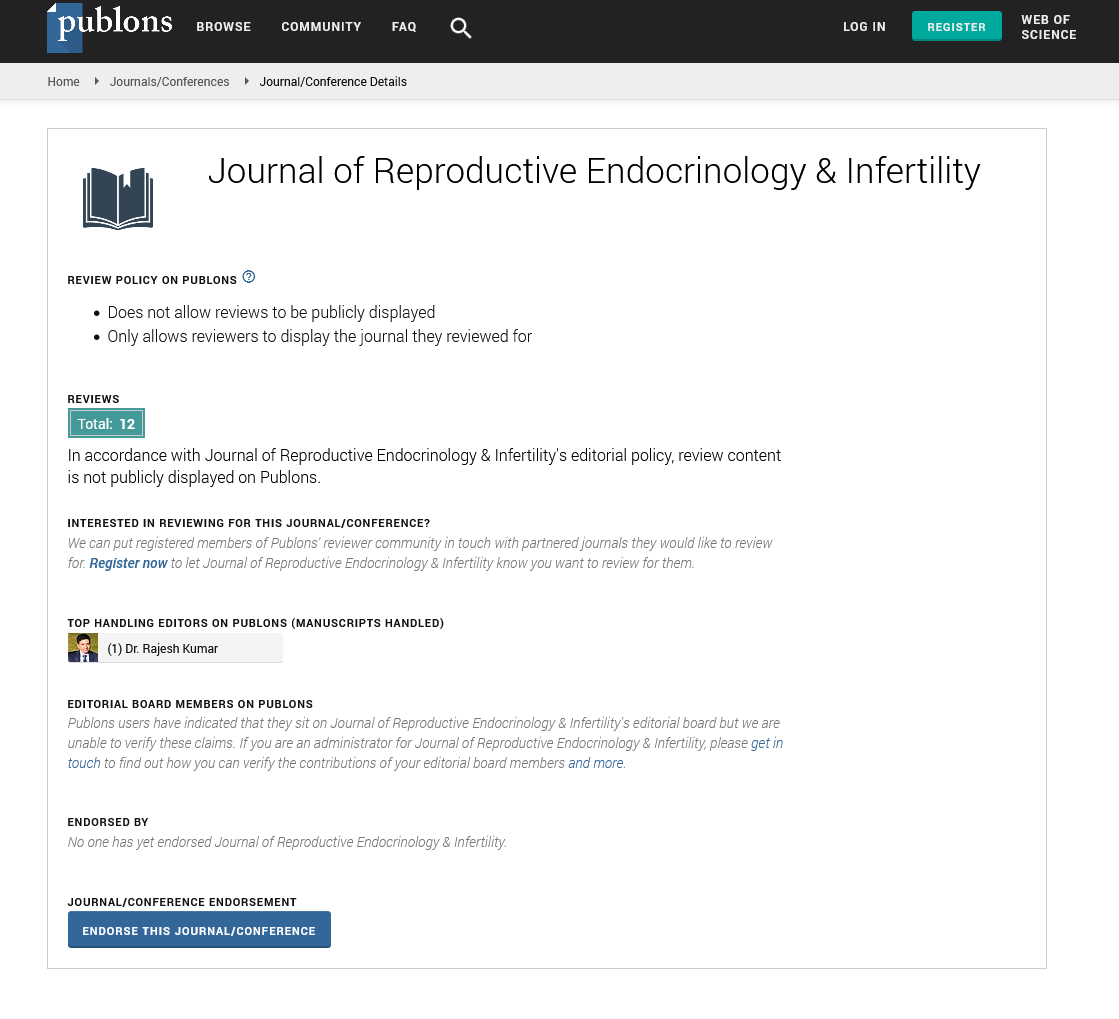Abstract
What is Implantation Failure?
Problem: Recurrent implantation failure (RIF) is a major cause of failure to achieve pregnancy after in vitro fertilization (IVF) and embryo transfer treatment cycles. However, no formal criteria defining the number of failed cycles or the total number of embryos transferred in these IVF attempts exist.
Methods: From January 1, 2014, and June 30, 2015, 644 women underwent IVF or embryo transfer procedures involving 2093 embryos. 427 women had positive HCG tests 7 days after transfer of 1364 embryos, resulting in 381 embryonic cardiac activity (ECA) demonstrated by 6 weeks gestation. Of the 381 positive ECA, 55 had pre-implantation genetic screening (PGS) and 326 had no PGS. The percentage of pregnancies with demonstrable ECA was determined for each number of embryos transferred, and cumulative pregnancy rates for those undergoing PGS and not undergoing PGS were computed. In addition, the cumulative pregnancy rates were stratified by maternal age.
Results: The total number of embryos transferred to achieve 80% of pregnancies with FHT is 4. The rate of ECA after 1 embryo transferred double from 13% to 29% with PGS. Whereas, after a cumulative of 4 embryos transferred the rate of ECA was 75% amongst PGS and 82% with no PGS. When stratified by maternal age, older women benefited most by PGS.
Conclusion: The total number of embryos transferred to achieve 80% of pregnancies with ECA is 4. After a cumulative of 4 embryos transferred, PGS does not increase probability of successful pregnancy except in women over age 40 years.
https://marmaris.tours
https://getmarmaristour.com
https://dailytourmarmaris.com
https://marmaristourguide.com
https://marmaris.live
https://marmaris.world
https://marmaris.yachts
Author(s):
Carolyn B Coulam, Chelsi Goodman, Carli Chapman and JS Rinehart
Abstract | Full-Text | PDF
Share this

Google scholar citation report
Citations : 43
Journal of Reproductive Endocrinology & Infertility peer review process verified at publons
Abstracted/Indexed in
- Google Scholar
- Sherpa Romeo
- China National Knowledge Infrastructure (CNKI)
- Publons
- International Committee of Medical Journal Editors (ICMJE)
- Secret Search Engine Labs
Open Access Journals
- Aquaculture & Veterinary Science
- Chemistry & Chemical Sciences
- Clinical Sciences
- Engineering
- General Science
- Genetics & Molecular Biology
- Health Care & Nursing
- Immunology & Microbiology
- Materials Science
- Mathematics & Physics
- Medical Sciences
- Neurology & Psychiatry
- Oncology & Cancer Science
- Pharmaceutical Sciences


